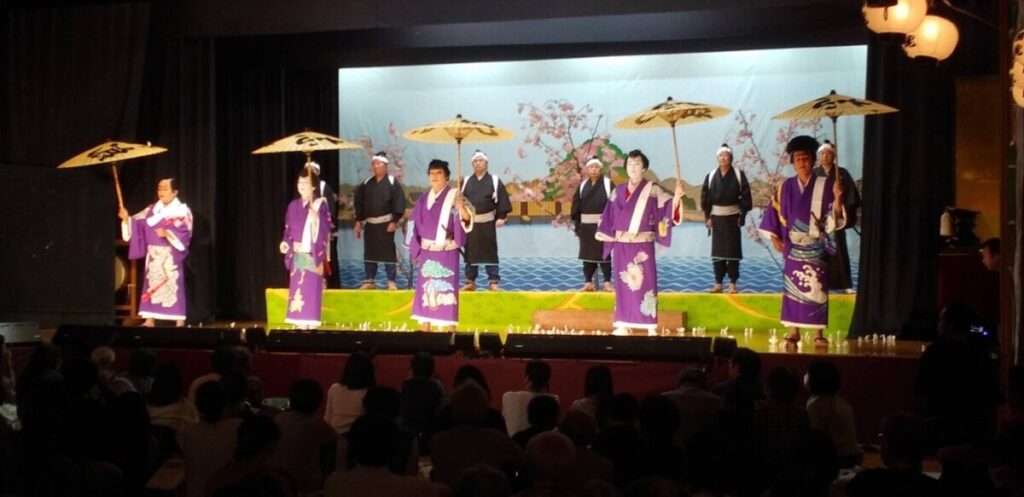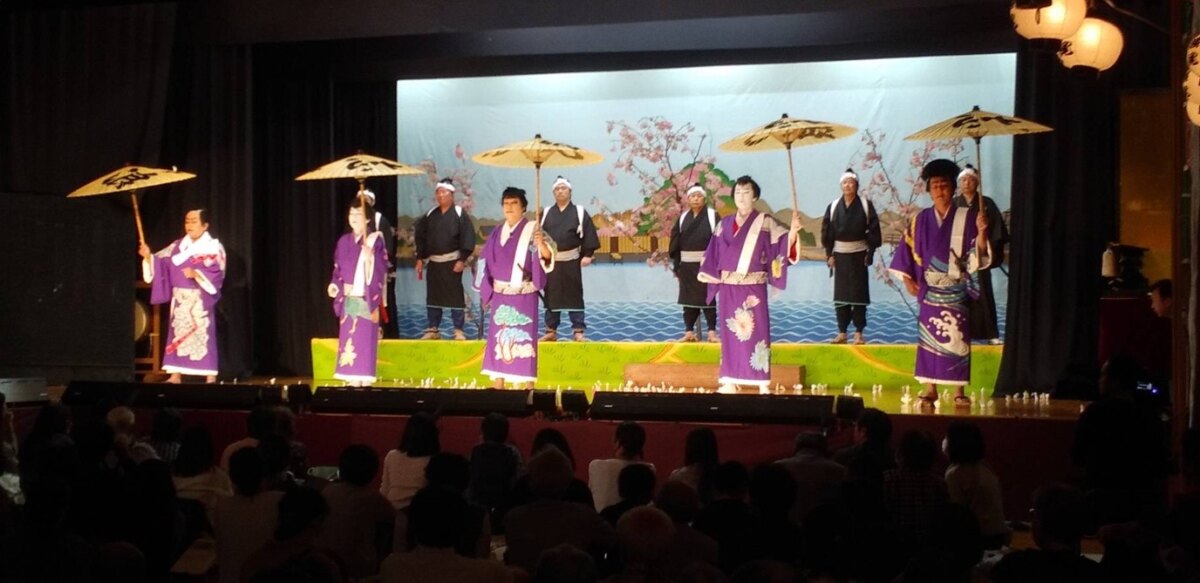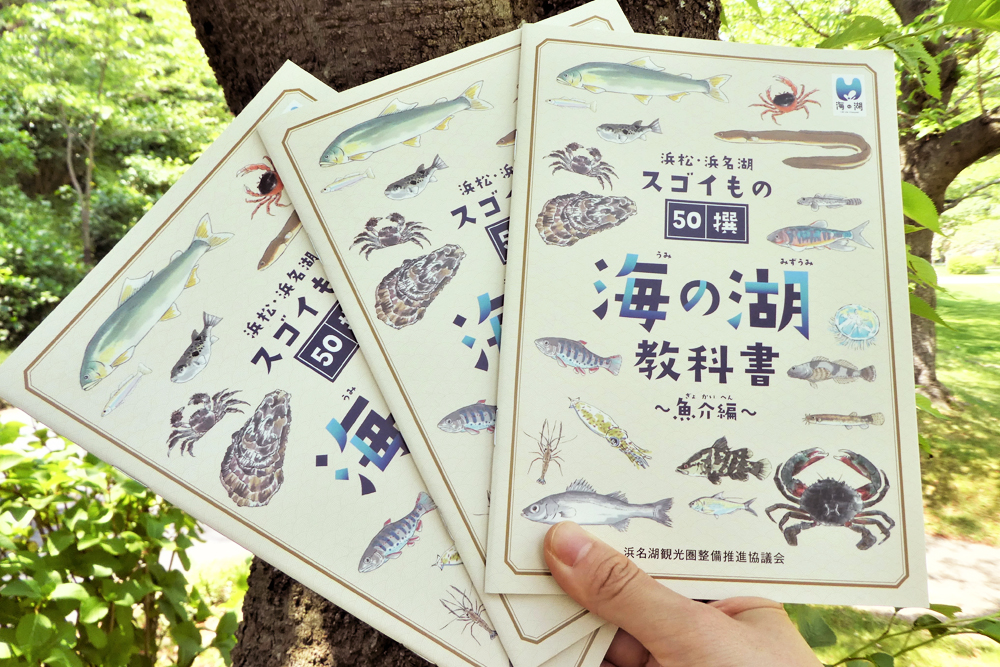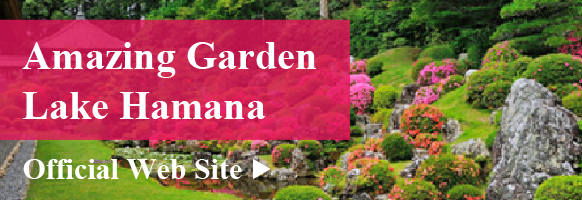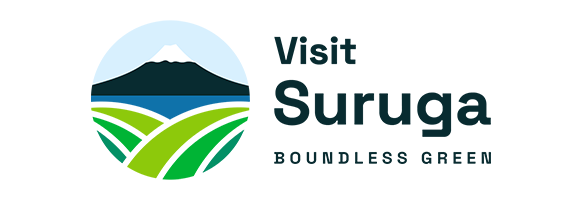Get to Know Hamamatsu

- Eat
“Primaru” brand oysters from Arai-cho, Kosai City | Why not try them at the oyster shack in Kaikokan, the village of Imakiri experience?
*This article is information as of January 2024. Please check the official website for the latest information.
The famous brand oysters in Arai-cho, Kosai City, “Puri-maru'' are delicious because they are grown using a unique method.
“Purimaru” is a brand name oyster from Arai-cho, Kosai City, which is grown using a unique method that takes advantage of the topography of Lake Hamana.
Brackish water lakes, where seawater and freshwater mix, are blessed with the blessings of rivers and mountains and contain a large amount of plankton, which is the food for oysters.
Oysters grow faster than regular oysters due to the unique growth method of Lake Hamana, in which they move through waters rich in plankton to feed on as they grow, and they grow into large, flavorful oysters in about a year and a half.
Oysters from brackish lakes have a distinctive taste, and oysters from brackish lakes are extremely salty, and grilled oysters in particular are popular for their elegant taste even without the use of seasonings such as soy sauce, and for their lack of the bitterness and harshness typical of oysters, making them easy to eat.
As the name suggests, grilled oysters have a firm and chewy texture, and when you bite into them, you’ll have a satisfying taste and texture.
[Purimaru farming method]
In July, we attach oyster seeds to 72 scallop shells and place them in a farm near Kaikokan.
Once in October, the 72 scallop shells with seeds are thinned to 10.
They will be moved to a farm rich in plankton and will undergo intermediate cultivation for about a year until September of the following year.
From October to December, we move to the Mikkabi Shonai area where we receive blessings from the mountains and have a lot of phytoplankton.
The cultivation period is approximately one and a half years.
Thanks to our unique method of moving the oysters as they grow, the oysters grow into larger and more flavorful oysters, even though they require a shorter growing period than regular oysters.

▲Oysters that grew large by absorbing nutrients from Lake Hamana
The oyster shack at Kaikokan in Arai-cho, Kosai City is open until March 24th, 2024
Until last season, Kaikokan’s oyster hut was open in a temporary hut set up outdoors.
This season, we have opened an oyster hut on the second floor of Kaikokan, which is divided into a grilled oyster experience space and a restaurant.

▲Grilled oyster space
At the restaurant, you can see Lake Hamana and the Kosai Mountain Range spreading out in front of you, and you can enjoy the scenery along with your meal.

▲While looking at the beautiful scenery of Lake Hamana, you can enjoy exquisite oyster dishes
The best part of the grilled oyster experience is waiting for the oysters to be grilled while chatting with the staff.
Listening to oyster experts about how to identify delicious oysters and how to make delicious oyster dishes at home is a fun way to enjoy your stay at an oyster shack.
Kaikokan’s Hamana Lake menu
The most popular Marutoku set, which includes 11 dishes of seafood from Lake Hamana, costs 3,500 yen. Three grilled oysters cost 1,200 yen.
From this season, butter-grilled purimaru (1,000 yen) and carefully selected fisherman’s green seaweed gyoza (500 yen) have been added to the new menu.
There is also a wide variety of side menus that can be enjoyed with oysters.
All restaurant menus include tax.




All restaurant menus include tax.
Purimaru can be purchased at Kaikokan
Freshly landed oysters called “Purimaru” can be purchased on the first floor of Kaikokan.
A bucket containing 15 to 20 oysters (depending on the size of the oysters) is on sale for 1,500 yen (tax included).
Marua Suisan, which sells oysters at Kaikokan, has been in the oyster farming business since the Taisho era, and Mr. Akihisa Hashizume is the third-generation representative and protects Purimaru.
The staff at Marua Suisan will carefully teach you how to eat delicious oysters at home and how to preserve them.
If you wish, you can receive instructions on how to use Purimaru, so you can purchase with confidence.

▲1 bucket (depending on the size of the oysters)
Now on sale for 1,500 yen (tax included) for 15-20 pieces

▲Provided by Marua Fisheries
Currently, there are only 11 fishermen involved in the oyster farming industry in Arai Town, less than half of what it was during its heyday.
Mr./Ms. Hashizume of Marua Suisan says that due to the aging of the population and the lack of successors, there are fewer people to take on the role each year.
“Purimaru” is a rare and valuable oyster that has been carefully raised over a year and a half by the fishermen who protect it.
“Purimaru” is a brand oyster from Arai Town that is carefully raised with the blessings of Lake Hamana.
You can enjoy the seafood that Lake Hamana is proud of for a limited time until March 24th, 2024. Please enjoy the seasonal “Primaru” ☆ We are waiting for you at Kaikokan.


★Kaikokan Oyster Hut
Contact: 090-8186-1217
Business period: December to March
This flyer is for 2024. Please see the official website for the latest information.


